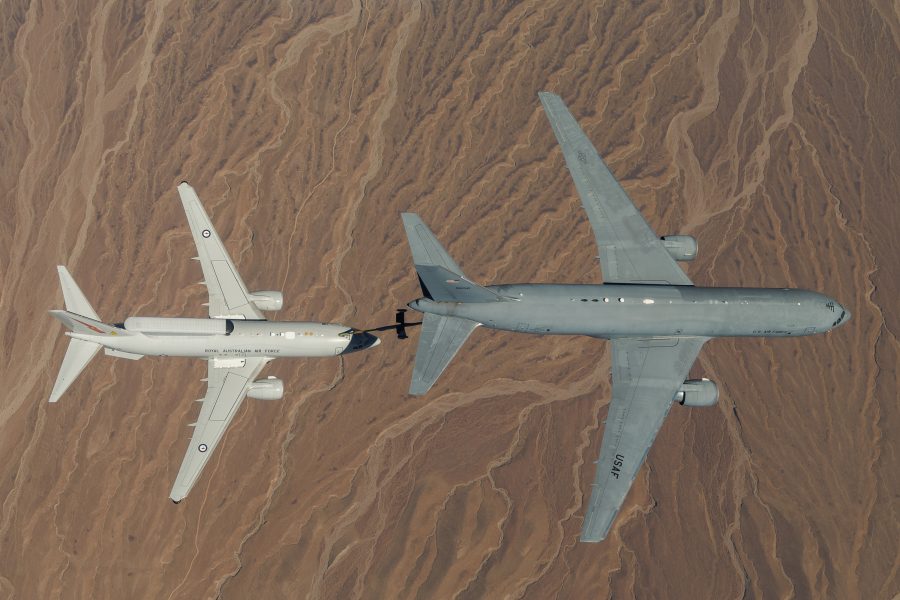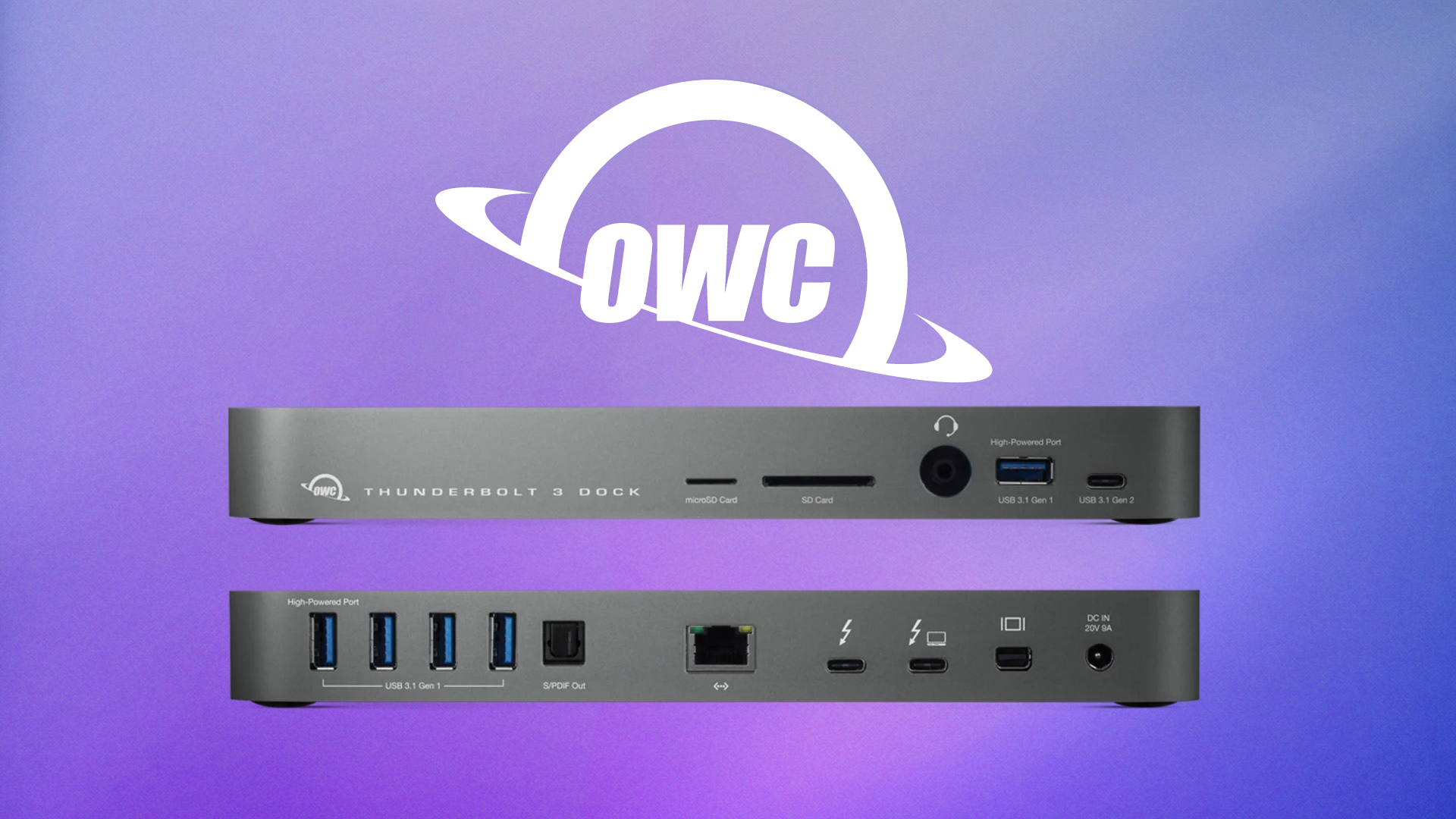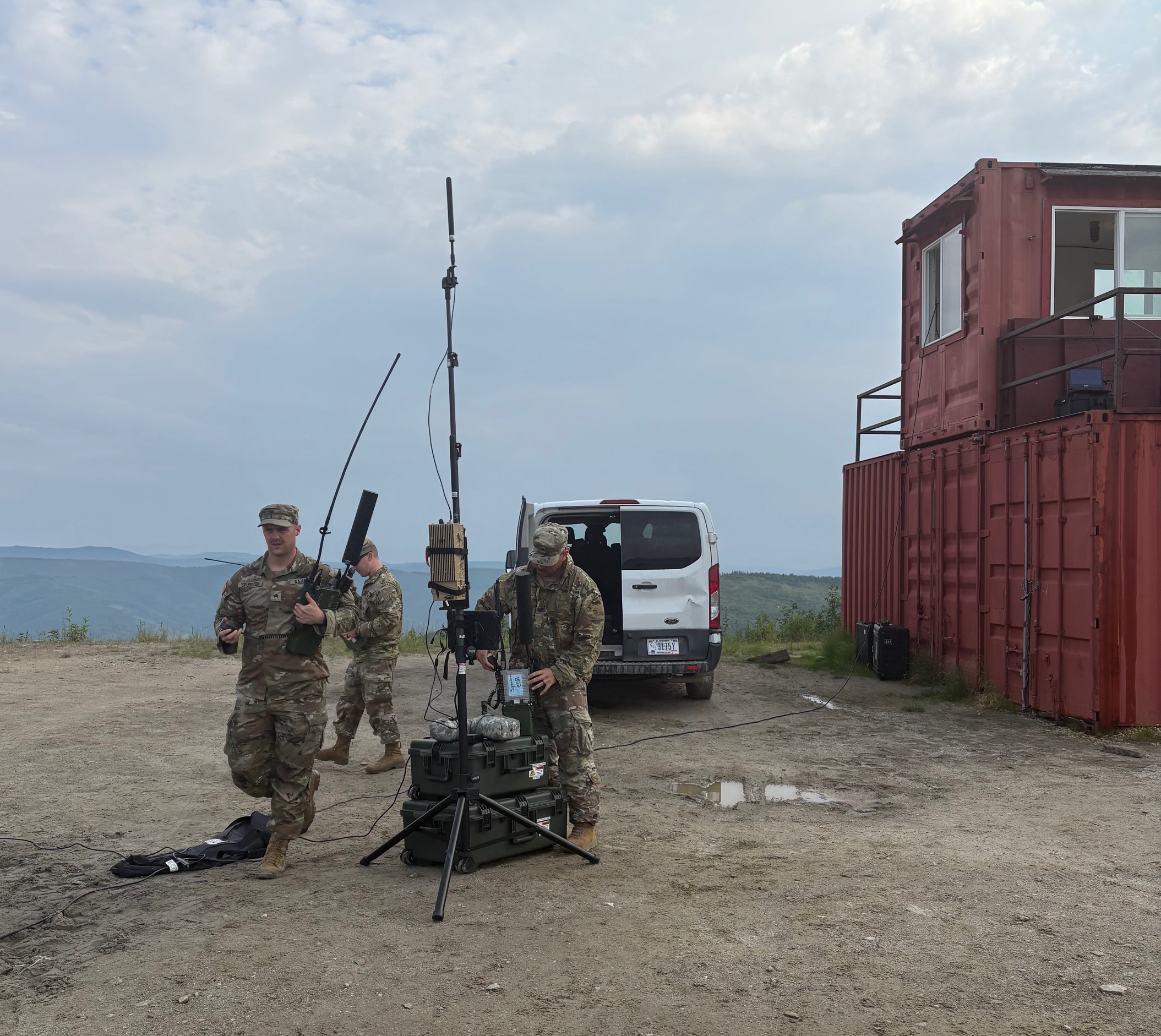
Deliveries of Boeing’s KC-46A Pegasus tanker to the U.S. Air Force have restarted following a roughly three-month pause imposed after cracks were found in at least two brand-new aircraft.
The Air Force and Boeing said the issue was not a safety-of-flight concern, but the problem was only the latest in a series that have plagued the 767-derivative, which has suffered through quality issues, delays, and cost overruns dating back years.
“Boeing appreciates the partnership with the U.S. Air Force to safely resume deliveries,” said Lynn Fox, vice president and program manager for KC-46 at Boeing, in a statement to Air & Space Forces Magazine May 19. “We understand the KC-46A’s importance to the Air Force’s mission and its role in delivering advanced tanking capabilities. We look forward to continuing our work together to grow and sustain the fleet.”
Meanwhile, other aspects of the KC-46 remain troubled. The aircraft’s Remote Vision System 2.0, an overhaul of the camera system its on-board boom operators use to guide the boom to receiving aircraft, has hit another delay, this time until summer 2027. RVS 2.0 is one of the roughly half a dozen outstanding deficiencies on the program, which has cost Boeing dearly since the program’s inception. Boeing has reported losses totalling $7 billion on the KC-46 so far, the result of a fixed-price contract that pinned cost overruns on the manufacturer, not the Air Force.
Boeing has now delivered 91 KC-46s to the Air Force, just over half its total planned buy of at least 179 KC-46s. The two newest aircraft went to Travis Air Force Base.
The Air Force did not immediately respond to a request for comment on the resumption of KC-46 deliveries.
In its 2024 annual report, the Pentagon’s Office of the Director of Operational Test and Evaluation said the “KC-46A is not meeting many of its suitability metrics.”
But in testimony before the House Armed Services Appropriations subcommittee on defense earlier this month, Air Force Chief of Staff Gen. David W. Allvin defended the aircraft. “It is producing,” he said. The KC-46 can “refuel all receivers” except for the A-10, which cannot generate enough thrust to overcome the tanker’s “stiff boom,” and the E-7 Wedgetail, which the U.S. Air Force does not own yet, but plans to buy. USAF is working with British and Australian Wedgetail operators to certify that it can refuel from the KC-46 before the Air Force actually takes possession of one of the gets.
The mission capable rate for the KC-46 declined from 65 percent in 2023 to 61 percent in 2024, according to Air Force figures. The MC rate for the KC-135, airplanes that average 63 years of age, were 67 perent in 2024, down from 69 percent in fiscal 2023. The Air Force’s fleet of KC-10 tankers is now entirely retired.
The KC-46’s issues have further strained its aging fleet of roughly 375 KC-135s, which were first introduced in the 1950s.
The Air Force still needs to buy more tankers; it is studying whether it needs a stealthy, Next-Generation Air Refueling System, sometimes called NGAS, or a so-called “bridge tanker,” which could likely consist of a larger fleet of KC-46s and a life extension for the KC-135s.
In written testimony to the Senate Armed Services Committee before his nomination, Secretary of the Air Force Dr. Troy E. Meink, a former KC-135 navigator, was non-committal on where he might steer the service’s future tanker plans.
The post Boeing Resumes KC-46 Deliveries After Work to Fix Cracks appeared first on Air & Space Forces Magazine.

Air, Boeing, KC-10, KC-135, KC-46
Air & Space Forces Magazine
Bitcoin
Ethereum
Monero

Donate Bitcoin to The Bitstream
Scan the QR code or copy the address below into your wallet to send some Bitcoin to The Bitstream

Donate Ethereum to The Bitstream
Scan the QR code or copy the address below into your wallet to send some Ethereum to The Bitstream

Donate Monero to The Bitstream
Scan the QR code or copy the address below into your wallet to send some Monero to The Bitstream
Donate Via Wallets
Select a wallet to accept donation in ETH BNB BUSD etc..
















